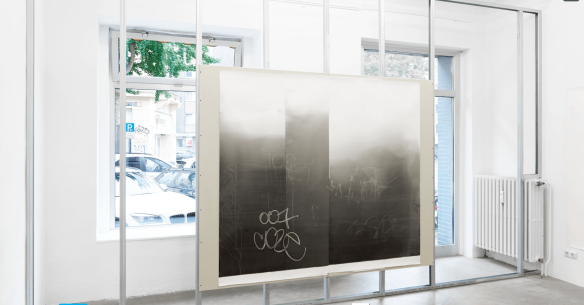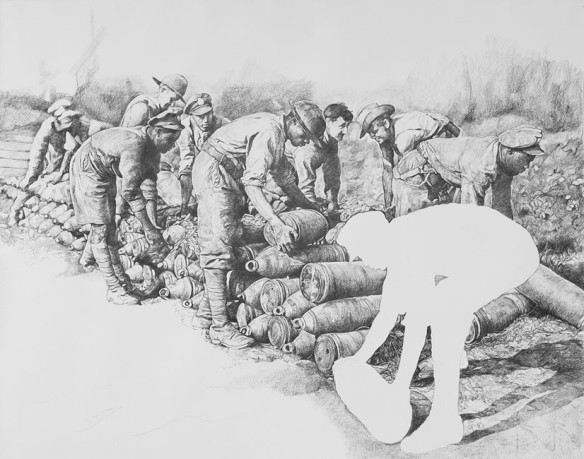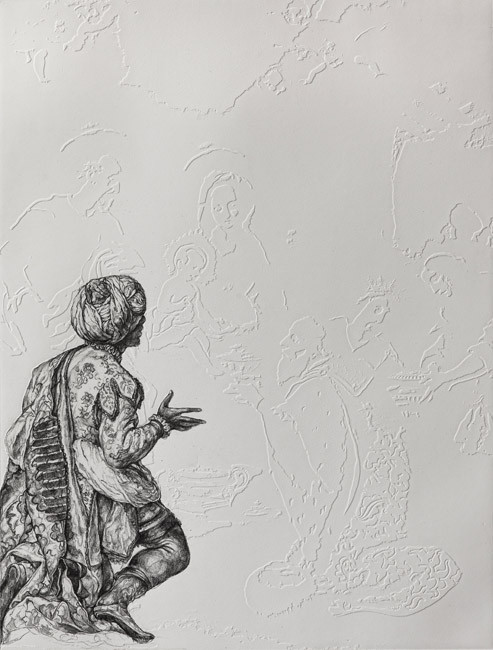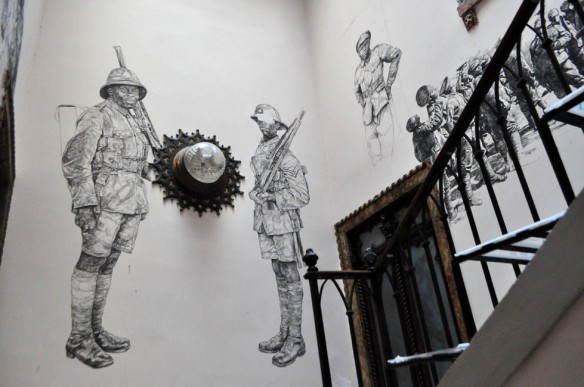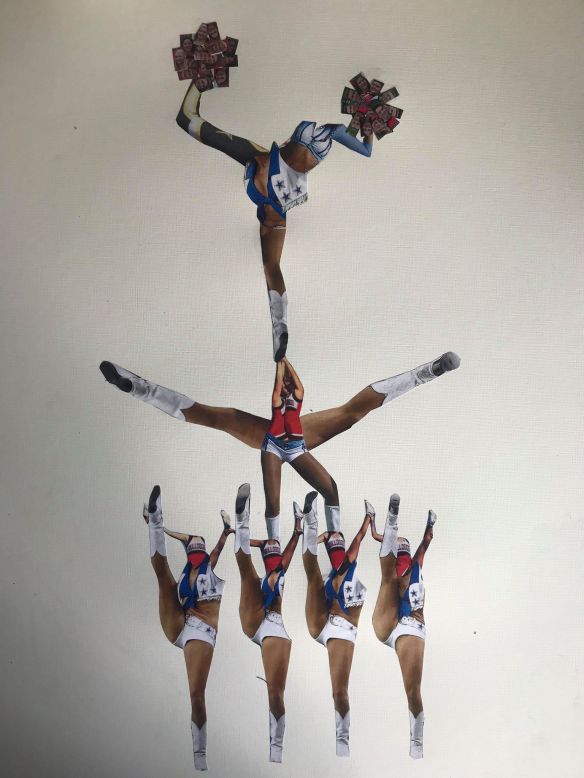My piece entails three portrait rectangular canvases, painted black and covered in a collage of cheerleaders’ bodies, which have been rearranged to re-create cheerleading formations. These canvases present three different formations and are arranged horizontally adjacent to one another. I took photos of our three university cheerleading teams, during the University Cheerleading Nationals, and created the three collages through both analogue methods and with photoshop. After experimenting with different background colours, I decided upon black, due to the feeling of depth that was created by the contrast between the red uniforms and the black background. The collages were printed onto paper and then reworked with other photoshop collages and original images, and glued to the canvases.
I feel that the imperfection of my analogue collages better reflected the imperfection and physicality of cheerleading. My own experience has shown that the ‘perfect’ formations are only illusions, as a stunt can be imperfect during a performance, but as a whole, the formation can still succeed to create a satisfying aesthetic. Also, the involvement of human error that comes with the analogue process, captures the human error experienced in cheerleading. Furthermore, the varying sizes of cheerleaders bodies are also conveyed better with the analogue method, although, photoshop provided a more efficient way of enhancing the quality of the images and planning and arranging the formations. This artwork aims to present the accumulation of the individual to create a mass body of aesthetic formation. This idea was drawn from my own experience of cheerleading, a sport that relies on the combined effort of numerous bodies and cannot function individually. I wanted to present this by eliminating the individualism of the body, thus removing faces. I used bodies to re-create the cheerleading formations and to show how this arrangement of bodies, working together, creates a pleasing image.
I wanted my pieces to be aesthetically pleasing because of the pleasure I had experienced when watching cheerleading myself. I investigated Paolozzi’s work, such as ‘Bash’, which appears manic to the eye, whilst providing aesthetic pleasure. I felt that this reflected the manic nature of cheerleading, and how this mass flailing of bodies and limbs can create this same aesthetic image. I looked at his collaging method and found that it was the arrangements of images that created the beauty as a whole, but when the elements were viewed individually they became confusing. My work was also motivated by the Chapman brothers’ sculptures. Their re-arrangement of mannequin bodies illuminated the gory and disturbing element of my own work, as I cut apart and transformed the cheerleaders’ bodies. I feel that this added another dimension to my work, as it indirectly tackled the sexualisation of the female-cheerleader body, by presenting the typically sexualised body parts in disturbing arrangements. Thus drawing focus onto the formations and how the body parts worked together to create a mass aesthetic.










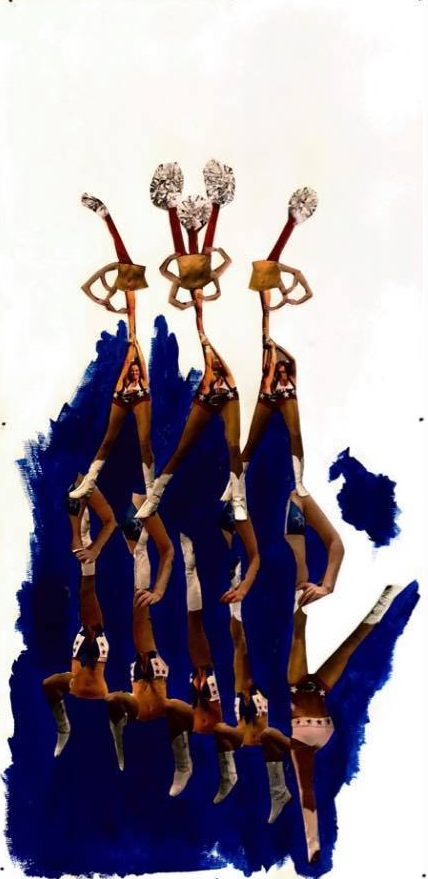


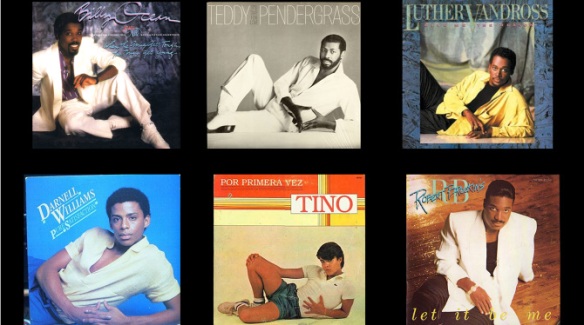



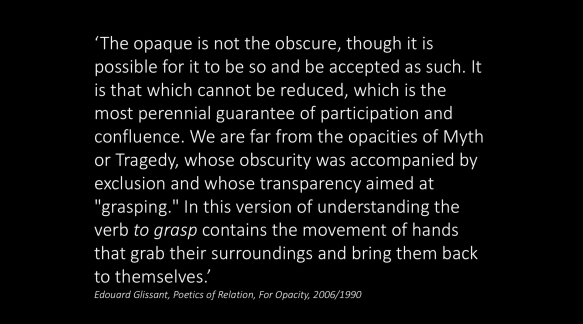
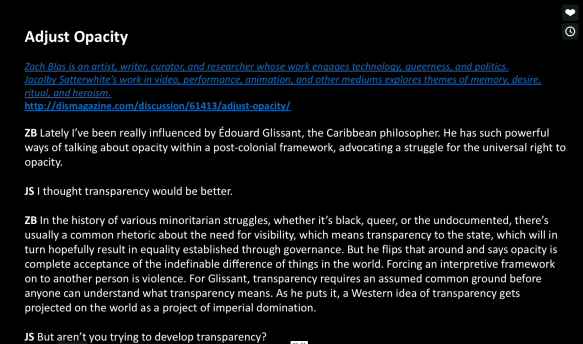
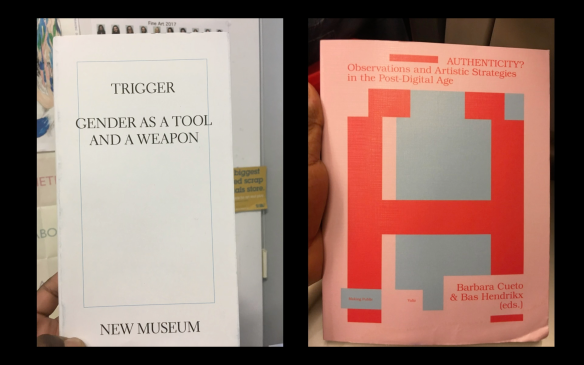
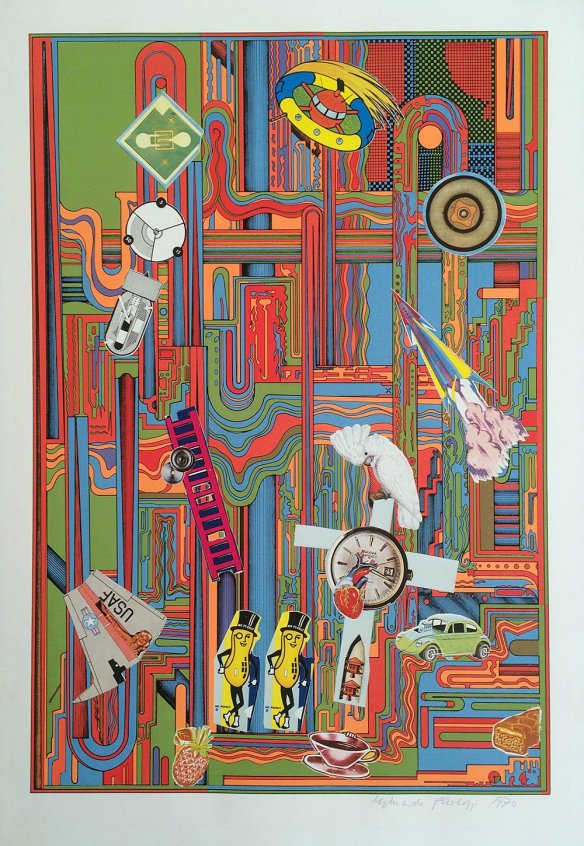
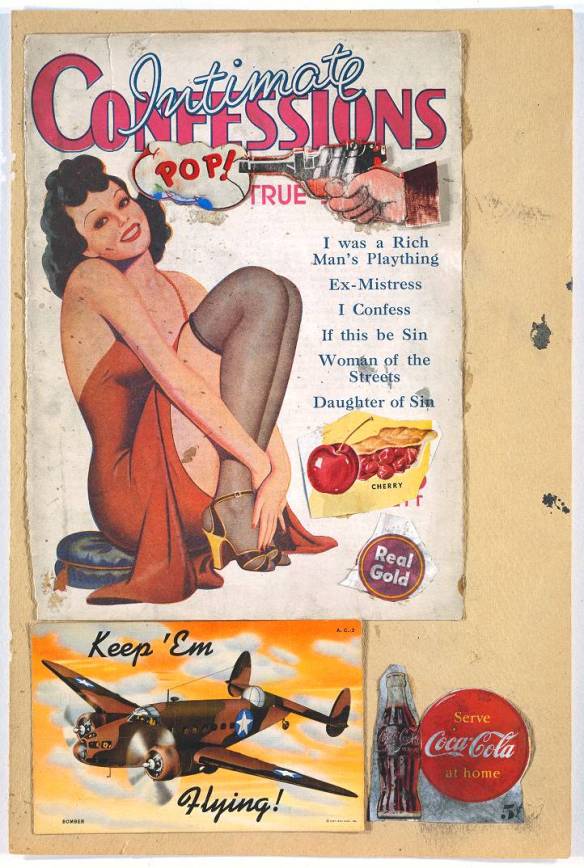











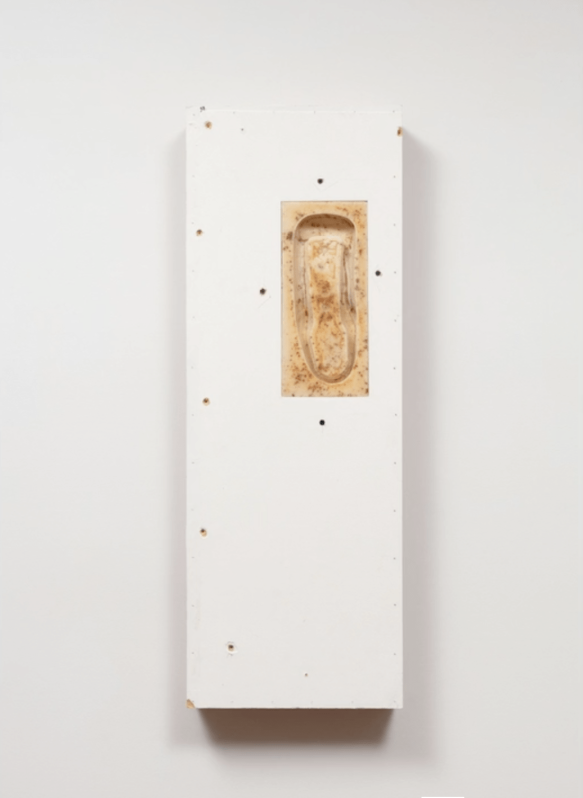 After this, she presented another project called ‘Absorption and Elimination’, where she experiments with photo ground methods. She created large pieces created from shop windows with graffiti on them. She presented this in Melbourne, Australia in a trade union hall, due to its non-typical location as a place to exhibit artwork. She explained that she was looking at the idea of public and private and became interested in bus shelters, due to their public use, but private ownership and how they are both enclosed and open spaces. She created further pieces from the glass on the bus shelters.
After this, she presented another project called ‘Absorption and Elimination’, where she experiments with photo ground methods. She created large pieces created from shop windows with graffiti on them. She presented this in Melbourne, Australia in a trade union hall, due to its non-typical location as a place to exhibit artwork. She explained that she was looking at the idea of public and private and became interested in bus shelters, due to their public use, but private ownership and how they are both enclosed and open spaces. She created further pieces from the glass on the bus shelters.